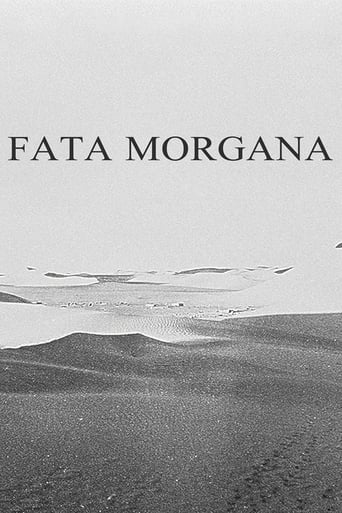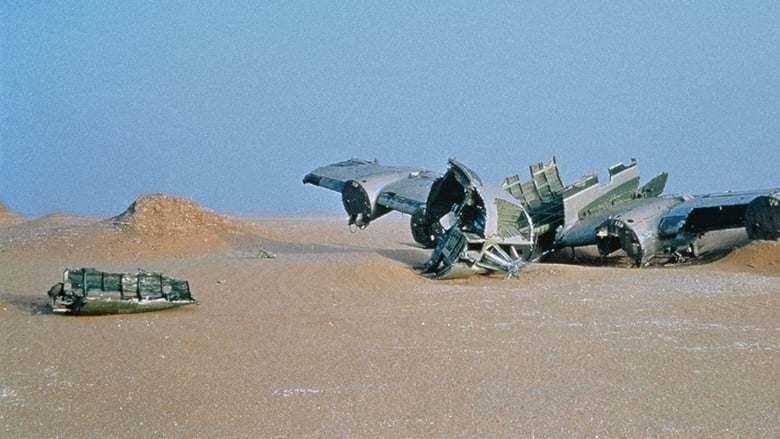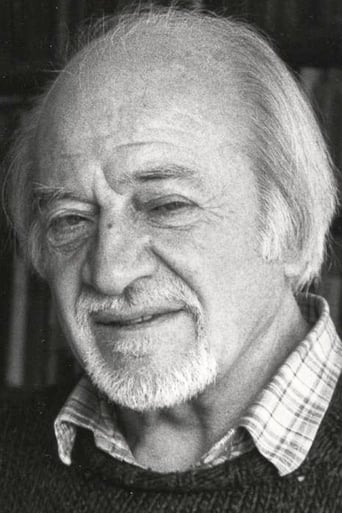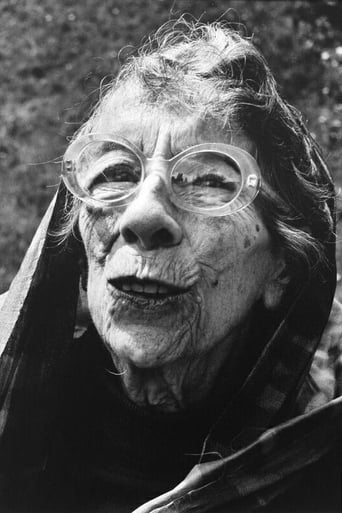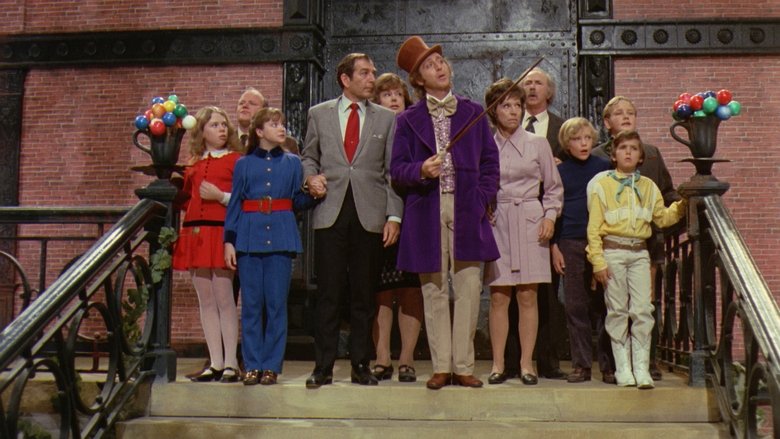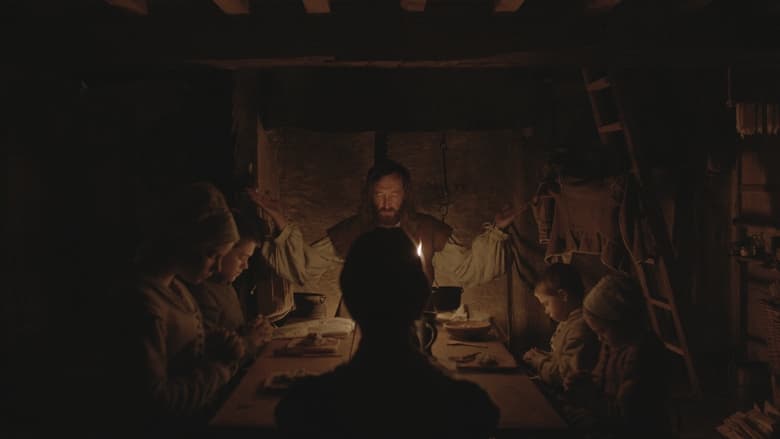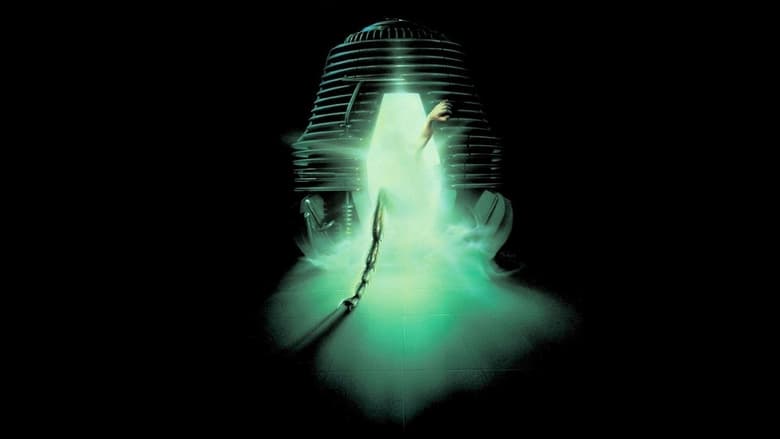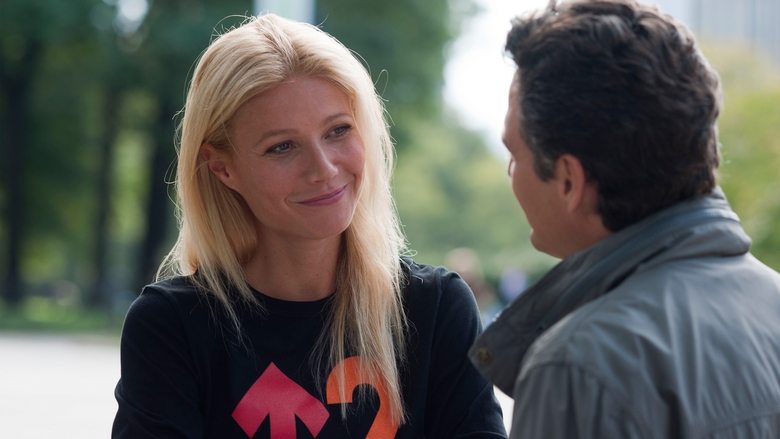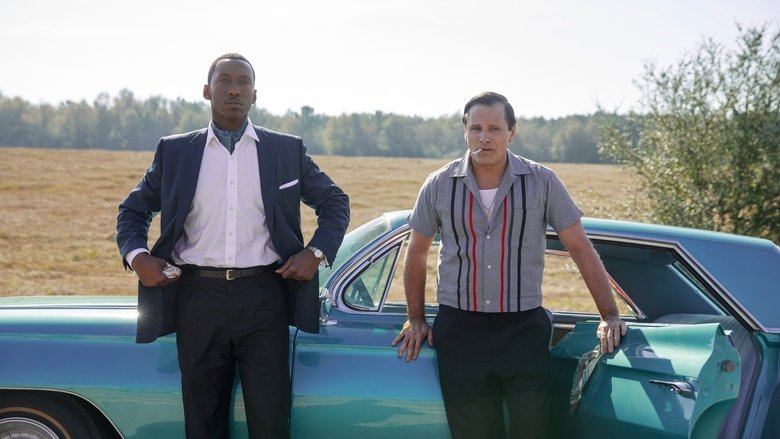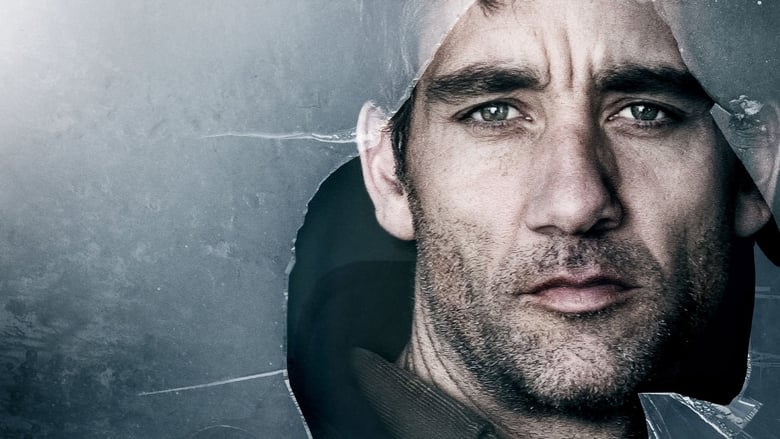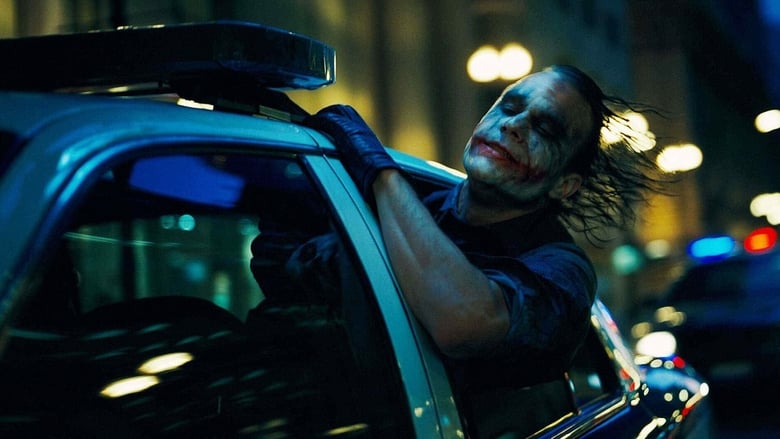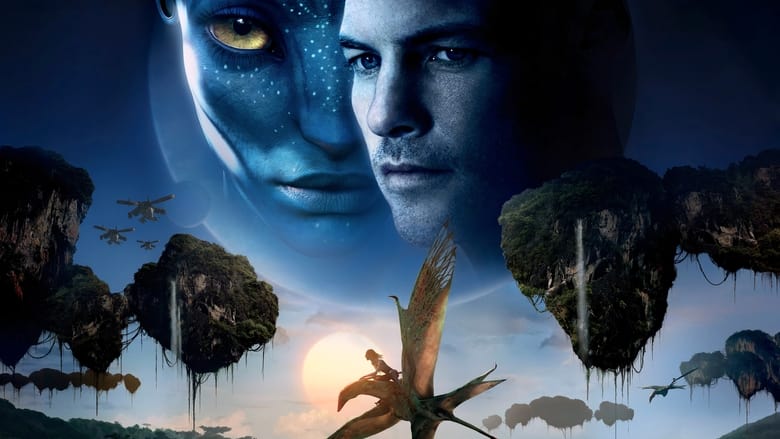Shot under extreme conditions and inspired by Mayan creation theory, the film contemplates the illusion of reality and the possibility of capturing for the camera something which is not there. It is about the mirages of nature—and the nature of mirage.


Similar titles
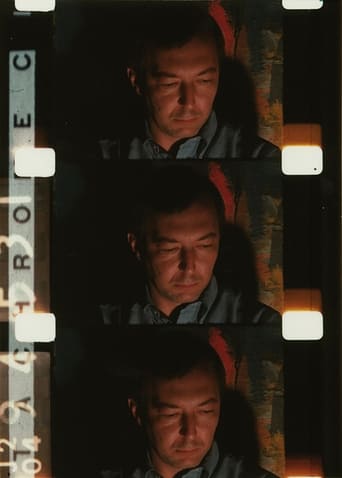
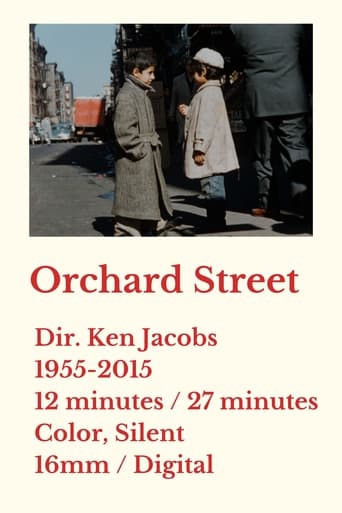
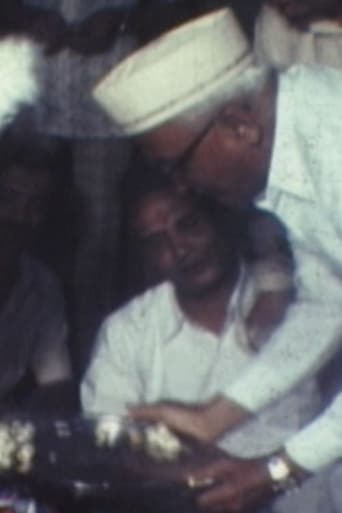
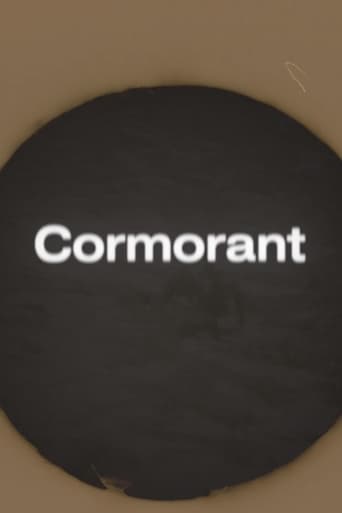
Reviews
it's now some 40 years later. Herzog shows what he 'sees', and it's much more than what he was intending. Was global warming his agenda in 1971? Here is it's effects laid out dry and stenching. The polluting exodus from pollution, the advancing desolation, endless fences to the end, defining mine and not yours. To sum: people being themselves. It's not about natural beauty vs. man-made ugliness, or western civilization vs. the barbarians, it's about a very possible future world in which mankind adapts to a lizard's life. That is, if Life goes on. Myths die as storytellers die, while the world spins round. Nothing is ridiculous or wasted now that every drop counts. Diversity is strength and Music is the spoonful of sugar to help the medicine go down. Undomesticated animals' lives are precarious and furtive. The domesticated serve but are sacrificed first but for all comes their time when the dunes sweep in and the sweet water seeps out. 16 years to learn that monitor's secrets. Time's up. And what do those people know that we've never taken the time to learn? How can anyone in the me-first world, this future's mirage, see this and not be shaken.
It would be something to try and tell someone what Fata Morgana is very simply about. Or, maybe it isn't: Herzog goes to the Sahara desert and nearby villages to film assorted landscapes and the locals. But this is just the broadest stroke. It's a feat that you either surrender yourself to, or you don't. He gets into the form of the world around him entirely, without a story, bound only to certain aspects of written poetry, as his camera (shooting on supposedly discarded film stock) wanders like in a pure travelogue. One might even jump to that easy conclusion, as he puts up these immense landscapes, then moving to more rough civilized culture (though not the actual 'normal' culture itself), and to a point levels too abstract to be able to convey properly here. Sometimes it takes a while to get along, close to a purity through the "creation" section, but a purity in how parts are manipulated either by nature or by broken-down machines. Soon the narration, readings from the Popol Vuh (who, by the way, does the music for most of his films), with the gradual procession of actually highly stylized shots adds a whole different level to it. It's a hybrid film, and it's not easy, but the rewards are what best comes closest to Herzog's idea of "ecstatic truth", images he's been out for his whole career.One wonders if the images end up, by the time the second section, Paradise, leading along the words spoken, or if it's the other way around. You're eyes are moving along with the stills and pans, and the wording is close to being religious writing, but there's also the music choices, how the bizarrely spare singing and low-key classical music goes together with Leonard Cohen and Blind Faith. I think each side ends up complimenting the other, and it's something that still *seems* like it shouldn't work. Perhaps that's the draw to it, the chances taken in going through desolate wastelands and the smallest run sections of any kind of civilized life (in this case the shacks of the desert), that make it so fascinating. If only for the cinematographic sense it's a marvel, too indescribable for the casual photography fan because of molds of technique, and some of the strangest images of any Herzog film. There's pans, there's long-shots, there's hand-held while driving by the towns, there's a bus dozens of miles away that via mirage seems only a couple, there's full-on close-ups of fire and a man holding a reptile and talking about its radar (truly classic gonzo comedy), there's people holding still in fake poses, and a man and woman playing inane music. But, most importantly, it ends up feeling, at least for me, natural for the personal nature of the approach.I'm sure only Herzog would know for certain why he made this film, as opposed to the simple 'how'; he was already filming Even Dwarfs Started Small, and he ended up going through many perils to finish it. Yet this is what makes Fata Morgana such an amazing feat- it will appeal to one depending on what someone brings to it in actually watching it. It's definitely unsettling, but there's the temptation to want to see it again very soon after, just to experience all of the ideas and realities turned abstracted strange vibes (yes, the word 'vibes' applies here). It's one of the truly spectacular "art-films" ever made.
This is not a movie. This is a collection of random shots taken in a fascinating part of the world, dubbed over with some random text. The footage is not that great and the text is not that great either. The end product is excruciatingly dull.On the DVD, turning the commentary on can provide some entertainment value, as the director makes a rather deranged argument that this is a sci-fi movie. It's also fascinating to read about the extraordinary risks and hardship that the crew endured to collect this footage. Too bad it's rubbish. But I think "The Making of Fata Morgana" would be a fascinating film, sort-of like 'Ed Wood" was.
Successful films on metaphysical subjects are rare, but Fata Morgana is a good case. You can chalk up the large subject to the ambitions of youth, but Herzog does an amazingly good job. The movie's point is to show human beings, and even the world, from a non-human point of view.The movie is in three parts: Creation, Paradise, and The Golden Age. The imagery of each is in counterpoint to the voice-over. Although the text of `The Creation' (from the Popol Vuh, a Mayan myth) refers to the primordial wasteland, the scene goes no further in illustrating the myth. It dwells on the waste, and on various specimens of destruction (fire, smoke, wrecked vehicles). The images from `Paradise' are anything but that, and `The Golden Age' is darkly comic the highest culture is the strange roadside musical act.The Popol Vuh suggests that mankind is the central object of creation, but the movie does everything it can to undo this notion. Its mythological framework has no referent in human historical time. There are no human characters to speak of. When a boy stands with a dog in an extended shot, the initial suggestion is of the boy's point of view; by the end it is much more the dog's. Likewise the lizard is a stronger character than the human who introduces it, and the turtle's partner barely looks human with his big flippers.Animal stories and nature documentaries always anthropomorphize, but Fata Morgana has none of that. Certainly the dunes look like a female body, but the simile cuts both ways. Presumably only humans can distinguish easily between their creation and nature, and here airplanes and factories are presented alongside mountains, lakes, and waterfalls. People and civilization are all part of a broader natural landscape.In 1979 Herzog put a new twist on the idea when he remade Nosferatu from the vampire's point of view.
